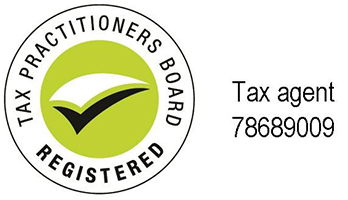When is a Business a Business?
There has recently been a surge in the number of AAT cases involving the vexed issue of whether a taxpayer is carrying on a business. Most of the taxpayers have been successful (particularly in relation to share trading). However, recently there was a case where the taxpayer was unable to demonstrate that they carried on a primary production business. It’s an important decision and provides some further clarity on making this determination.
Facts of the Case
The taxpayer owned a 500-acre property that was located in Queensland.
Between the 2004 and 2009 income years, the taxpayer claimed deductions with respect to improvements to the property and other expenses (including depreciation) on the basis he was carrying on a primary production business.
In evidence, the taxpayer stated that he has undertaken 14 different primary production-based activities over the years in question, including free-range pigs, timber growing, storing and breeding cattle, and growing an orchard.
Unfortunately, none of the activities actually generated any income and nor had they evolved much past planning for the commencement of the business.
It was not in dispute that the taxpayer had a genuine intent and belief that he was carrying on a business; his intent and effort was evidenced by research associated with the various businesses and the preparation of various business plans.
Somewhat surprisingly, the AAT actually visited the farm in question as part of assessing whether the taxpayer was carrying on a business.
In this case, the ATO argued that the activities of the taxpayer had not reached the point to be accurately characterised as a business and that the taxpayer was still in the process of preparing to carry on a business.

